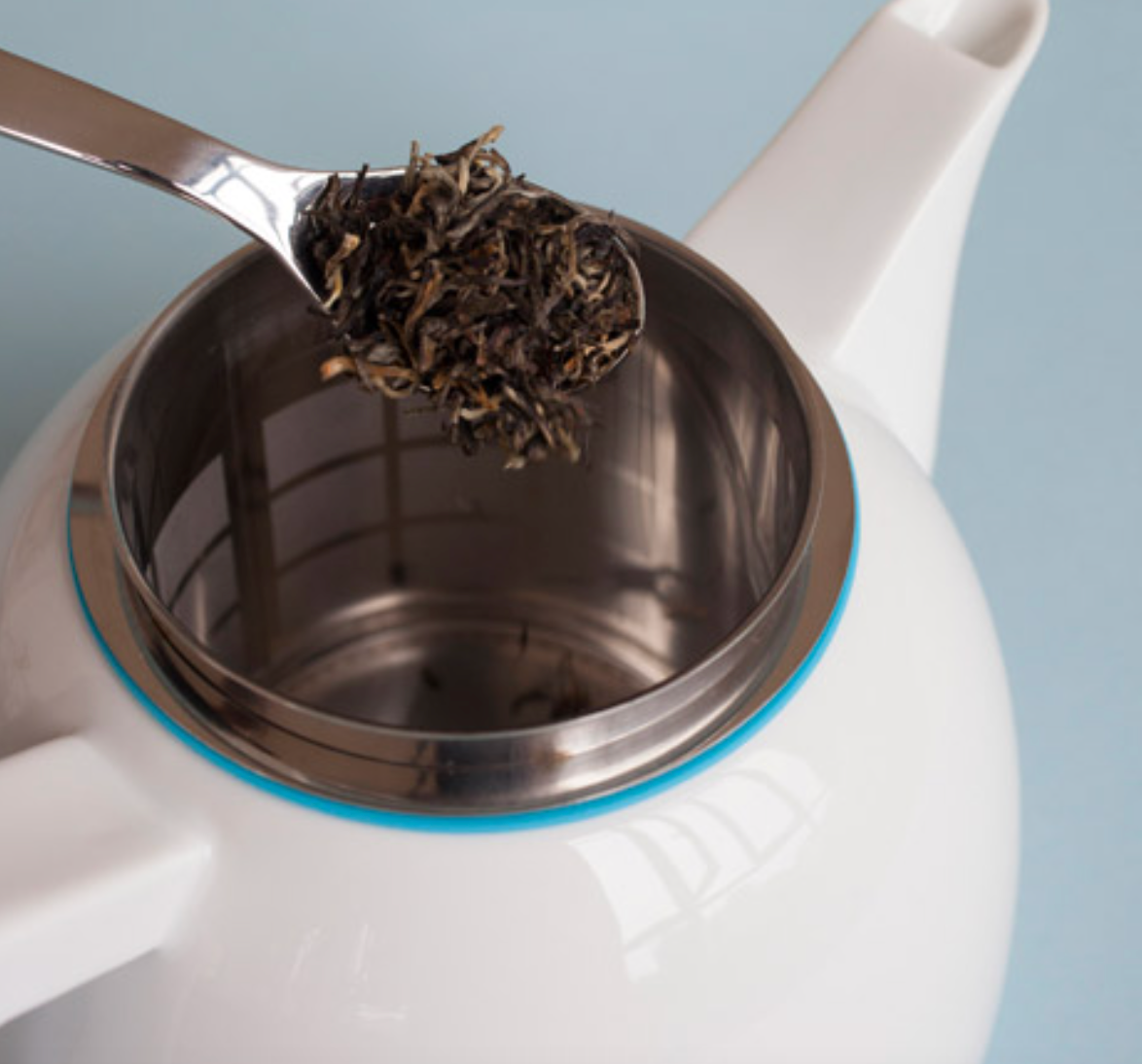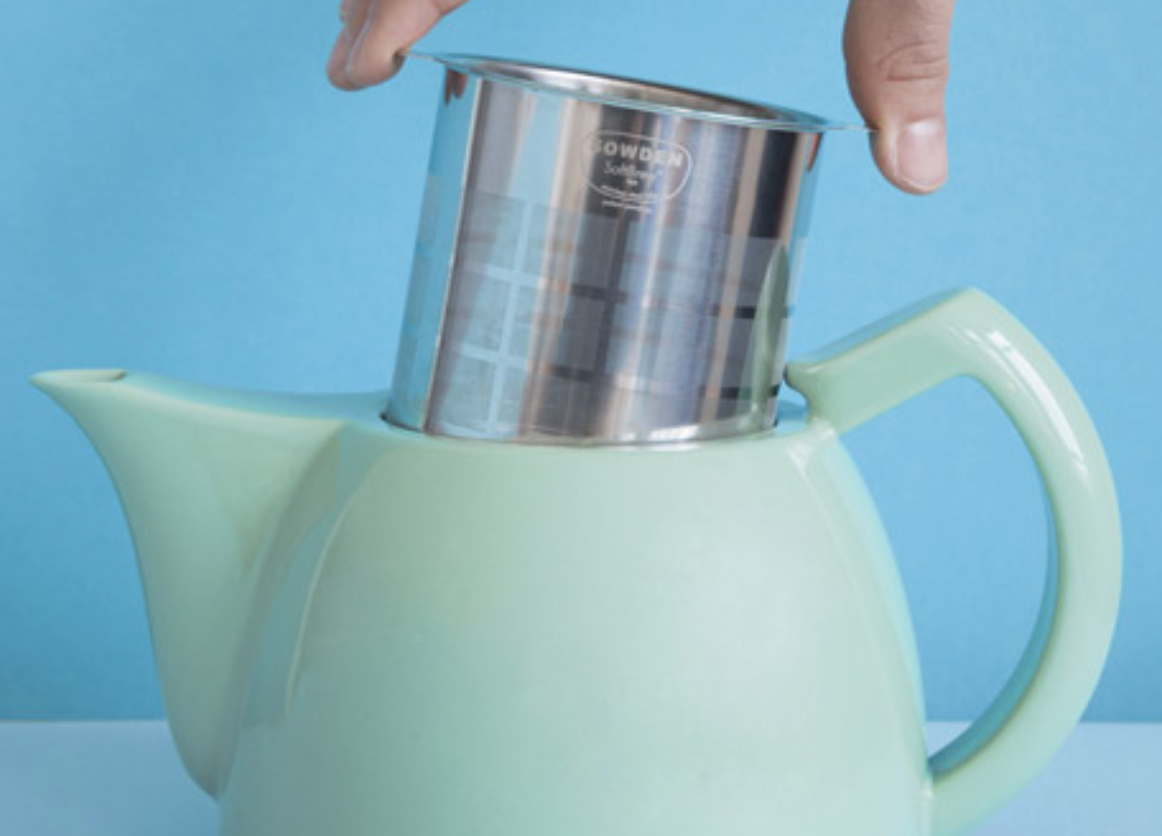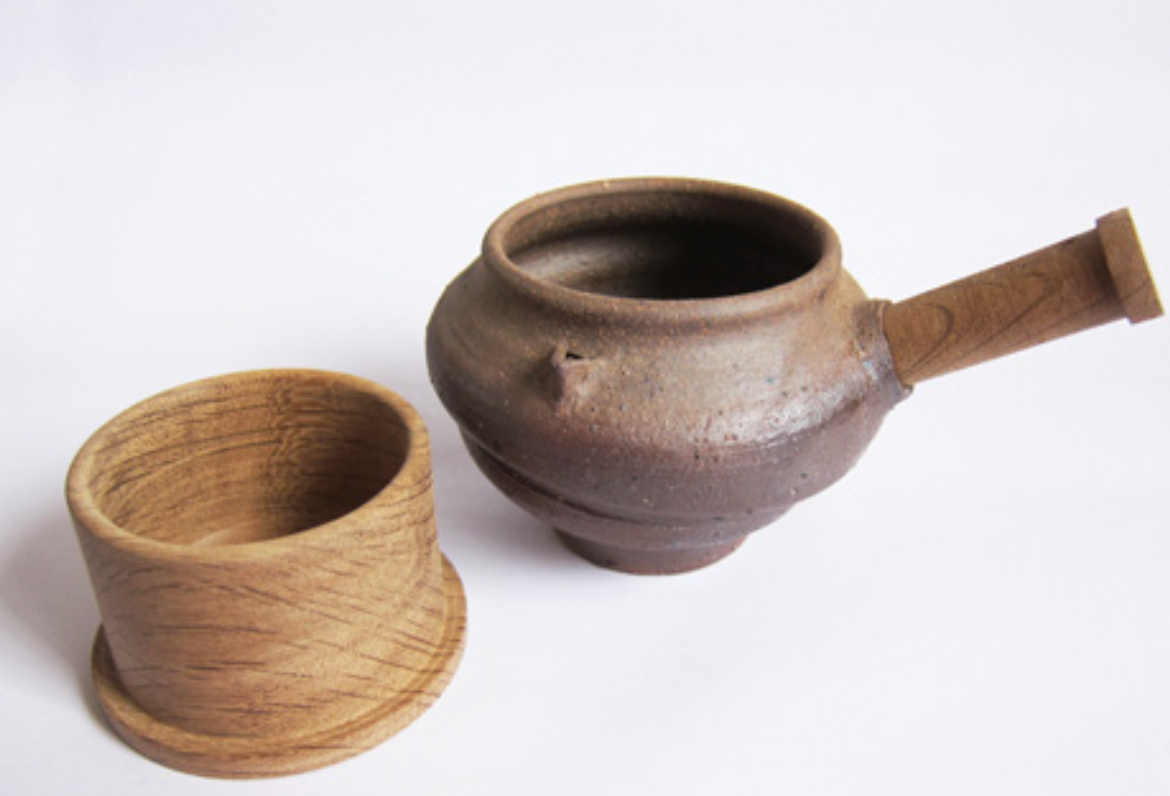After talking to a tutor during a tutorial I was advised to look down two roads of research for my final product, teapots and teacups. I decided to look at the Betty Brown Teapot redesign by Ian McIntyre. The original Betty Brown teapot has evolved over the years, being manufactured by multiple manufacturer like Alcock Lindey and Boor and the Elers brothers. The clay used for the teapot is a type of red clay that was originally thought to be low value but then the Eler Brothers refined the clay to remove impurities in the clay which meant that the clay could then be used for the more technical use of making a teapot. The non drip spout of the teapot which took the use of a rougher spout and turning it from a non dribble to a non drip teapot. The lock lid teapot also meant that more effort could be taken by the pourer to pour the tea into the teacup without having to concentrate on holding the lid. These functional properties of the teacup made it overall easier to use.
This teapot designed by George Sowden looks at the mechanics of making a cup of tea and how to make the tea better tasting. He did this by going back to the use of loose tea with his teapot, including a filter with a drilled hole bottom so that the tea can unfurl in the boiling water. The visual design of the teapot is more cubic than the Betty Brown teapot.




The designer Louie Rigano has created a teapot/teacup where the lid of the teapot also functions as a cup. This all in one teapot is made for one person which is also the amount of people they make the tea for in the teapot they use at RHS Bridgewater. Each teapot uses wooden handles that are completely straight and not curved at all and is an alternative angle for the user to turn the pot instead of gripping around the curved handle. The components of the teapot are easily mass produced and the potter can create their own piece that doesn't have to replicate the original perfectly and they're encouraged to create their own shape.
This tea set is inspired by flamingoes with the spouts resembling the long necks of flamingoes. Flamingoes filter food out of the water so Roxanne Flick, the designer, wanted to apply that idea by creating a tea set based off of flamingoes with the big pink teapot representing the flamingo, the blue teacups representing the flamingo eggs with some of the smaller vessels with spouts meant to be milk pourers represent flamingo chicks.
The design studio Nendo has created a tea set where the teacups have oversized lids/saucers and the teapot has the spout coming out of the lid.. These lids on the teacups allow for no spills when moving the teacup and for the teacups to also be stacked. The lids on all the pots and cups within the set have lids that are held in place with a notch so that they are secure.
Paula Benvengu is a designer from Argentina who designed this tea set consisting of a teapot and 30 teacups. Each teacup represents a family member of Benvengu's and the lighter the colour on the cup is, the younger the family member. Each unique cup has a spoon with the date of birth and the name of each family member.